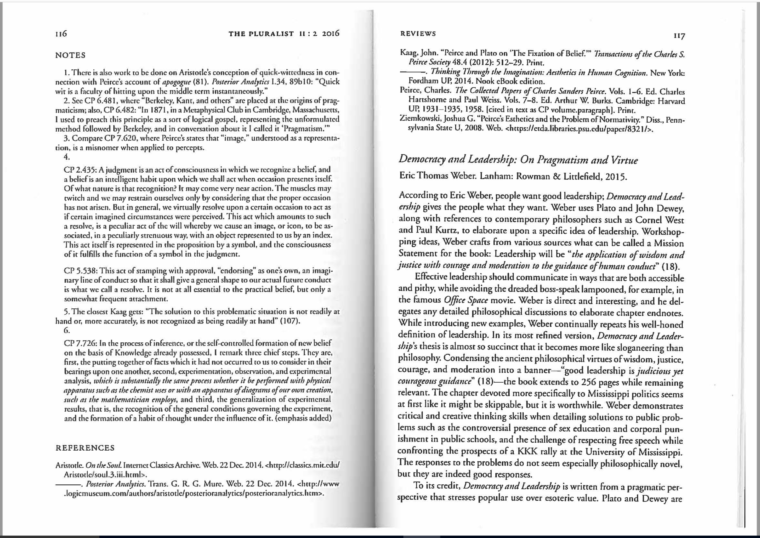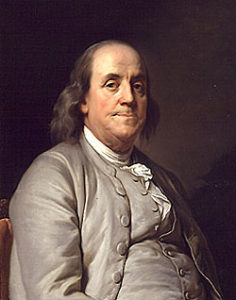Divergent conceptions of homophily fall within a broader sociological debate about the freedom of an individual given the structural constraints of his or her context. As Gueorgi Kossinets and Duncan Watts argue, “one can always ask to what extent the observed outcome reflects the preferences and intentions of the individuals themselves and to what extent it is a consequence of the social-organizational structure in which they are embedded” (Kossinets & Watts, 2009). If our neighborhoods are segregated is it because individuals prefer to live in ‘like’ communities, or is it due to deeper correlations between race and socio-economic status? If our friends enjoy the same activities as ourselves, is it because we prefer to spend time with people who share our tastes, or because we met those friends through a shared activity?
The tension between these two approaches is what Granovetter called the “problem of embeddedness,” (Granovetter, 1985) because neither the agent-based nor structural view captures the whole picture. As Granovettor argued, “actors do not behave or decide as atoms outside a social context, nor do they adhere slavishly to a script written for them by the particular intersection of social categories that they happen to occupy. Their attempts at purposive action are instead embedded in concrete, ongoing systems of social relations.”
The challenge of embeddedness can be seen acutely in network homophily research, as scholars try to account for both the role of individual agency and the structures which shape available options. In their yearlong study of university relationships, Kossinets and Watts observe that both agent-driven and structurally-induced homophily play integral roles in tie formation. Indeed, the two mechanisms “appear to act as substitutes, each reinforcing the observed tendency of similar individuals to interact” (Kossinets & Watts, 2009). In detailed, agent-based studies, Schelling finds that individual preference leads to amplified global results; that extreme structural segregation can result from individuals’ moderate preference against being in the minority (Schelling, 1971). Mutz similarly argues that the workplace serves as an important setting for diverse political discourse precisely because it is a structured institution in which individual choice is constrained (Mutz & Mondak, 2006).
Consider also Michael Spence’s economic model of gender-based pay disparity (Spence, 1973). Imagine an employee pool in which people have two observable characteristics: sex and education. An employer assigns each employee to a higher or lower wage by inferring the unobserved characteristic of productivity. Assume also that gender and productivity are perfectly uncorrelated. Intuitively, this should mean that gender and pay will also be uncorrelated, however Spence’s game-theoretic model reveals a surprising result. After initial rounds of hiring, the employer will begin to associate higher levels of education with higher levels of productivity. More precisely, because an employer’s opinions are conditioned on gender as well as education, “if at some point in time men and women are not investing in education in the same ways, then the returns to education for men and women will be different in the next round.” In other words, Spence finds that there are numerous system equilibria and, given differing initial investments in education, the pay schedules for men and women will settle into different equilibrium states.
Here again, we see the interaction of agency and structure. Whether initial investments in education differed because of personal taste or as the result of structural gender discrimination, once a gender-based equilibrium has been reached, individual investment in education does little to shift the established paradigm. A woman today may be paid less because women were barred from educational attainment two generations ago. That inequity may be further compounded by active discrimination on the part of an employer, but the structural history itself is enough to result in disparity. Furthermore, this structural context then sets the stage for inducing gender-based homophily, as men and women could be socially inclined towards different workplaces or career paths.
Given these complex interactions, where past individual choices accumulate into future social context, it is perhaps unsurprising that teasing apart the impact of agency and structure is no small feat; one that is virtually impossible in the absence of dynamic data (Kossinets & Watts, 2009). Individuals embedded within this system may similiarly struggle to identify their own role in shaping social structures. As Schelling writes, “people acting individually are often unable to affect the results; they can only affect their own positions within the overall results” (Schelling, 1971). Acting individually, we create self-sustaining segregated societies; opting into like communities and presenting our children with a narrow range of friends with whom to connect.
Yet the very role that individual actions play in building social structures indicates that individuals may work together to change that structural context. It is a classic collective action problem – if we collectively prefer diverse communities, than we must act collectively, not individually. In her extensive work on collective action problems, Elinor Ostrom finds that “individuals frequently do design new institutional arrangements – and thus create social capital themselves through covenantal processes” (Ostrom, 1994). Embeddedness presents a methodological challenge but it need not be a problem; it simply reflects the current, changeable, institutional arrangement. That individual actions create the structures which in turn effect future actions need not be constraining – indeed, it illustrates the power which individuals collectively posses: the power to shape context, create social structures, and to build social capital by working together to solve our collective problems.
____
Granovetter, M. (1985). Economic action and social structure: The problem of embeddedness. American journal of sociology, 481-510.
Kossinets, G., & Watts, D. J. (2009). Origins of homophily in an evolving social network. American journal of sociology, 115(2), 405-450.
Mutz, D. C., & Mondak, J. J. (2006). The Workplace as a Context for Cross‐Cutting Political Discourse. Journal of politics, 68(1), 140-155.
Ostrom, E. (1994). Covenants, collective action, and common-pool resources.
Schelling, T. C. (1971). Dynamic models of segregation. Journal of mathematical sociology, 1(2), 143-186.
Spence, M. (1973). Job market signaling. The Quarterly Journal of Economics, 87(3), 355-374.












